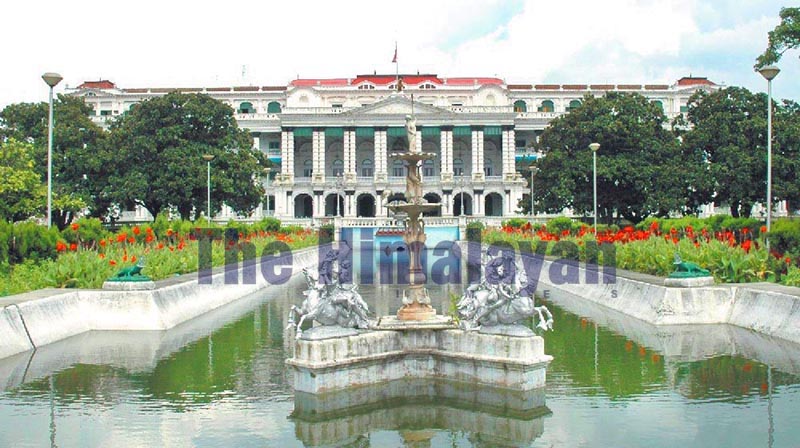Kalapani Nepali territory: Govt
Kathmandu, November 6
The government today said the Kalapani region was a Nepali territory.
Issuing a statement, the Ministry of Foreign Affairs said any outstanding issues related to border between India and Nepal should be resolved on the basis of mutual agreement.
The ministry’s statement comes after recently-published political map of India depicted the disputed Kalapani region as Indian territory.
It stated that foreign minister-level joint commission meetings had delegated foreign secretaries of both the countries to work to resolve outstanding border related issues in consultation with experts. “Any outstanding issues related to border should be resolved on the basis of mutual agreement. Nepal does not accept any decision taken unilaterally,” the MoFA said in the statement.
The ministry added that such issues should be resolved through diplomatic channels. “Nepal is committed to protecting its international borders. Nepal is steadfast in its commitment that any border-related issues between the two friendly nations should be resolved through diplomatic channels based on historical documents, facts and proofs,” read the MoFA statement.
Leaders from both ruling and opposition parties expressed reservations after the publication of new Indian political map.
Speaking to journalists in Dang, Chairperson of the ruling Nepal Communist Party (NCP) Pushpa Kamal Dahal said if a unilateral decision was taken on Kalapani the government and parties should take the issue seriously.
Nepali Congress lawmaker Dila Sangroula said Nepali people would never accept an Indian political map depicting Kalapani, Lipulekh and Limpiadhura as Indian territories. “Kalapani, Lipulekh and Limpiadhura belong to Nepal,” she said in a Twitter post.
Former foreign secretary Madhu Raman Acharya said there was enough evidence to suggest that Nepal’s westernmost boundary with India went beyond Lipulekh and Kalapani. “Nepal should ask India to withdraw any map that alters the status quo unilaterally until the disputed boundary is resolved bilaterally,” he said in a Twitter post. Both Nepal and India claim Kalapani as their territory. The region has been occupied by Indian security forces since 1962, and the region has been disputed ever since.
Also, during Indian Prime Minister Narendra Modi’s visit to China in 2015, the two countries had agreed to open a trading post in Lipulekh, another disputed area near Kalapani. Modi and Xi had made a joint statement stating that Lipulekh was a bilateral trade route between the two countries. Nepal has been opposing the statement saying it was against the provisions of the 1816 Sugauli Treaty signed between Nepal and India.
Minister of Foreign Affairs Pradeep Kumar Gyawali had said in February that India and China could not discuss Lipulekh in Nepal’s absence. Speaking in a meeting of the International Relations Committee of House of Representatives, Gyawali had said Nepal would not sign on the Nepal-India border strip map unless Kalapani and Susta disputes were resolved.
“The Nepal government does not accept Lipulekh as tri-junction between Nepal, India and China. It will be finalised only after Nepal and India agree to demarcation,” Gyawali had said. “No country can discuss Nepal’s territory in Nepal’s absence,” Gyawali said.






